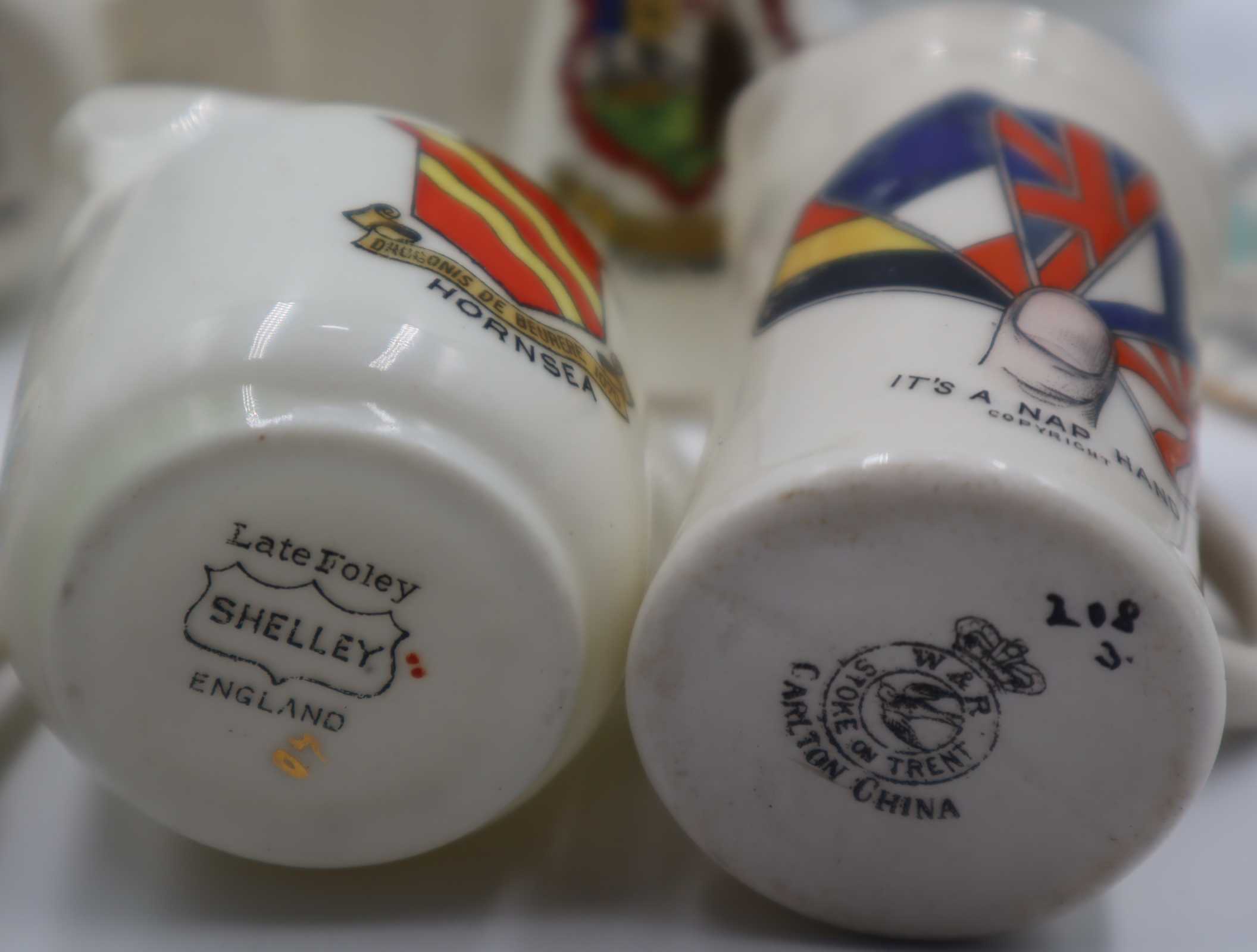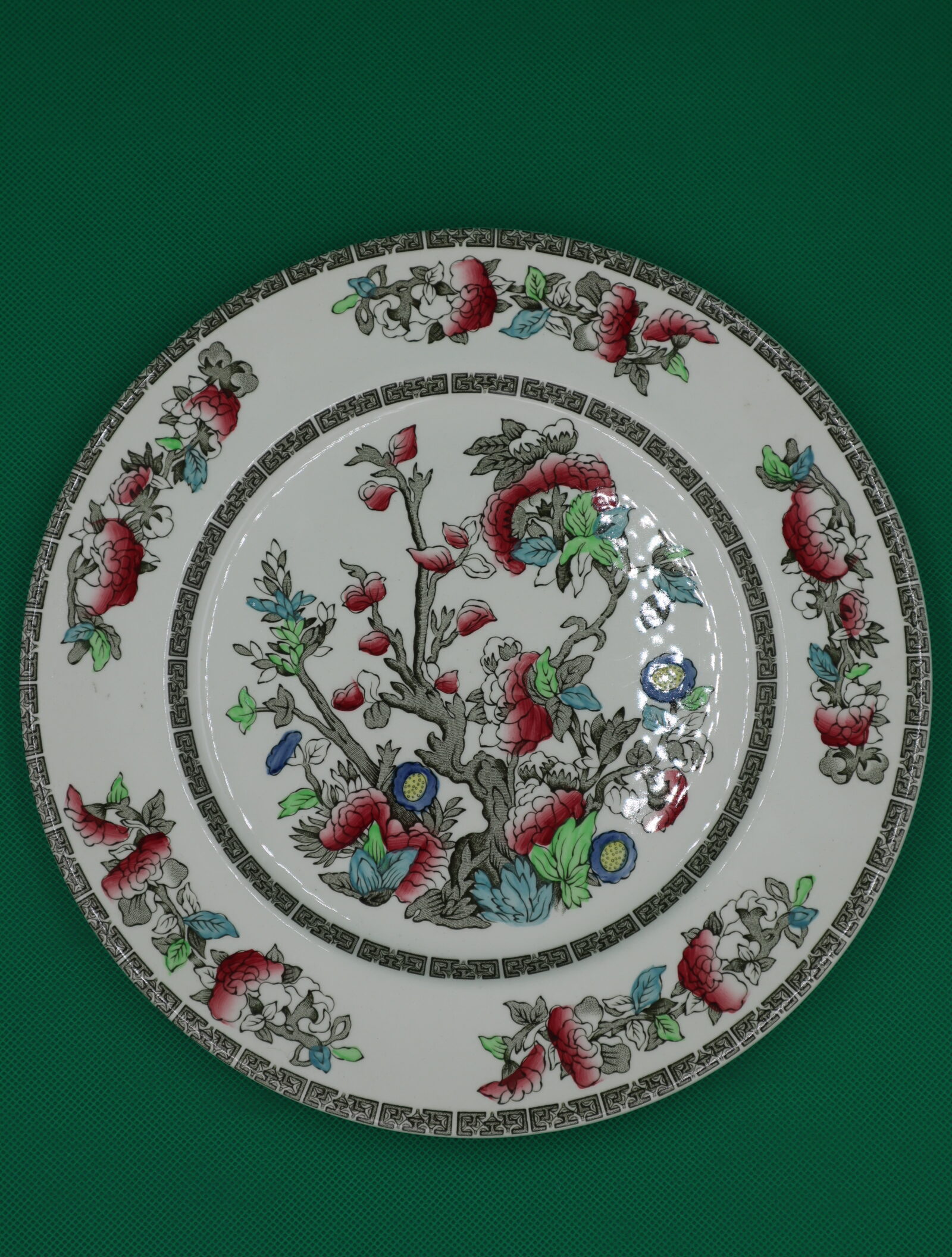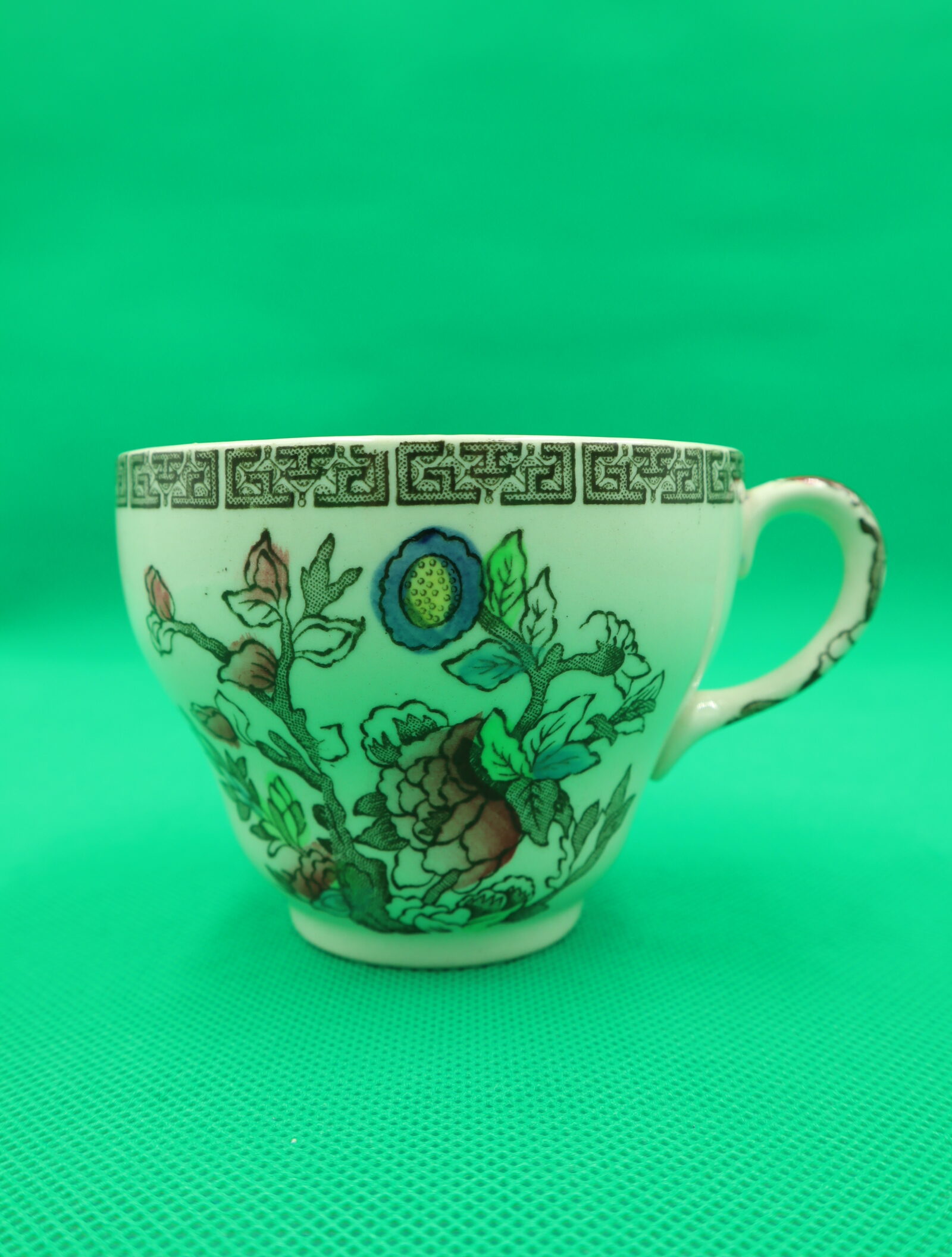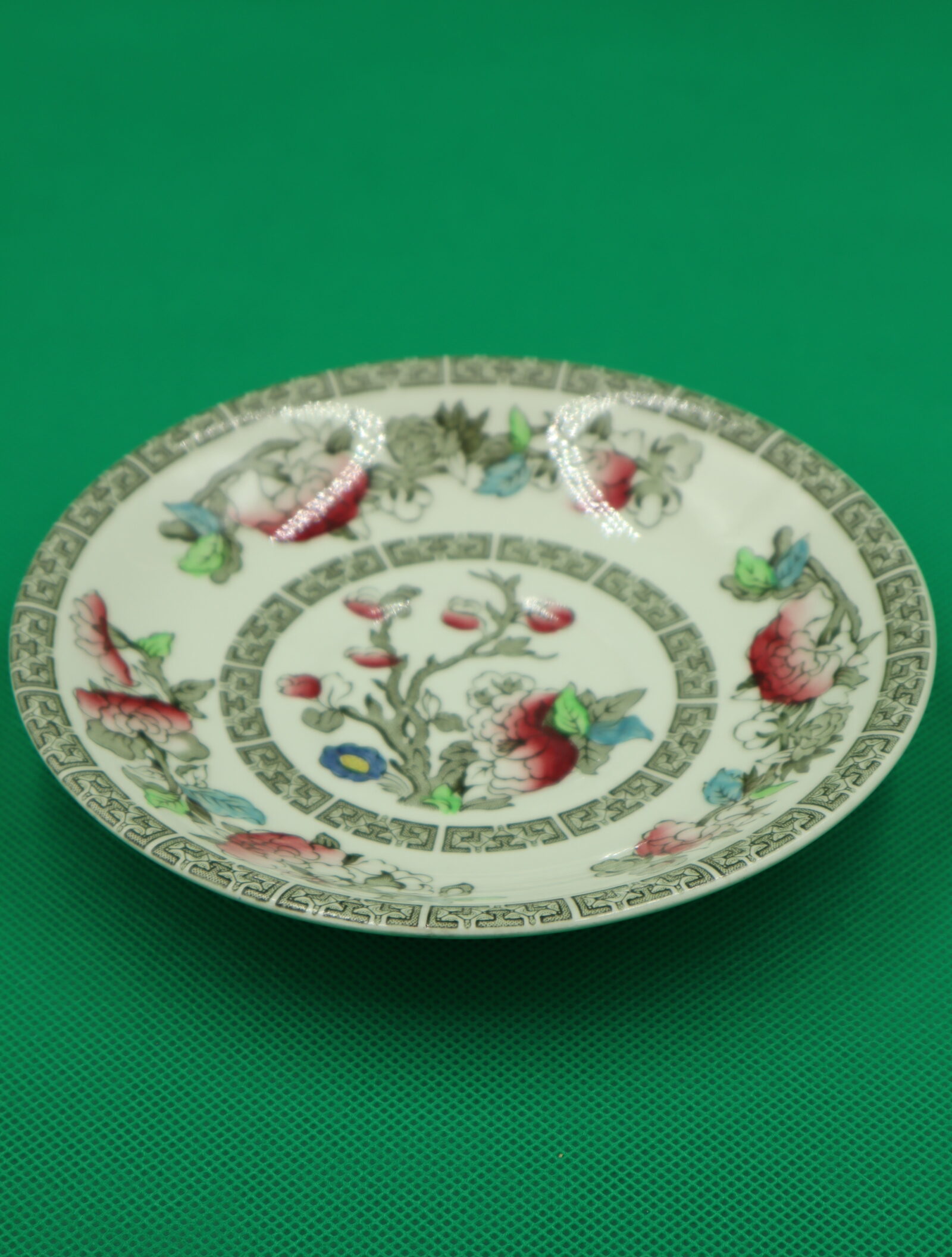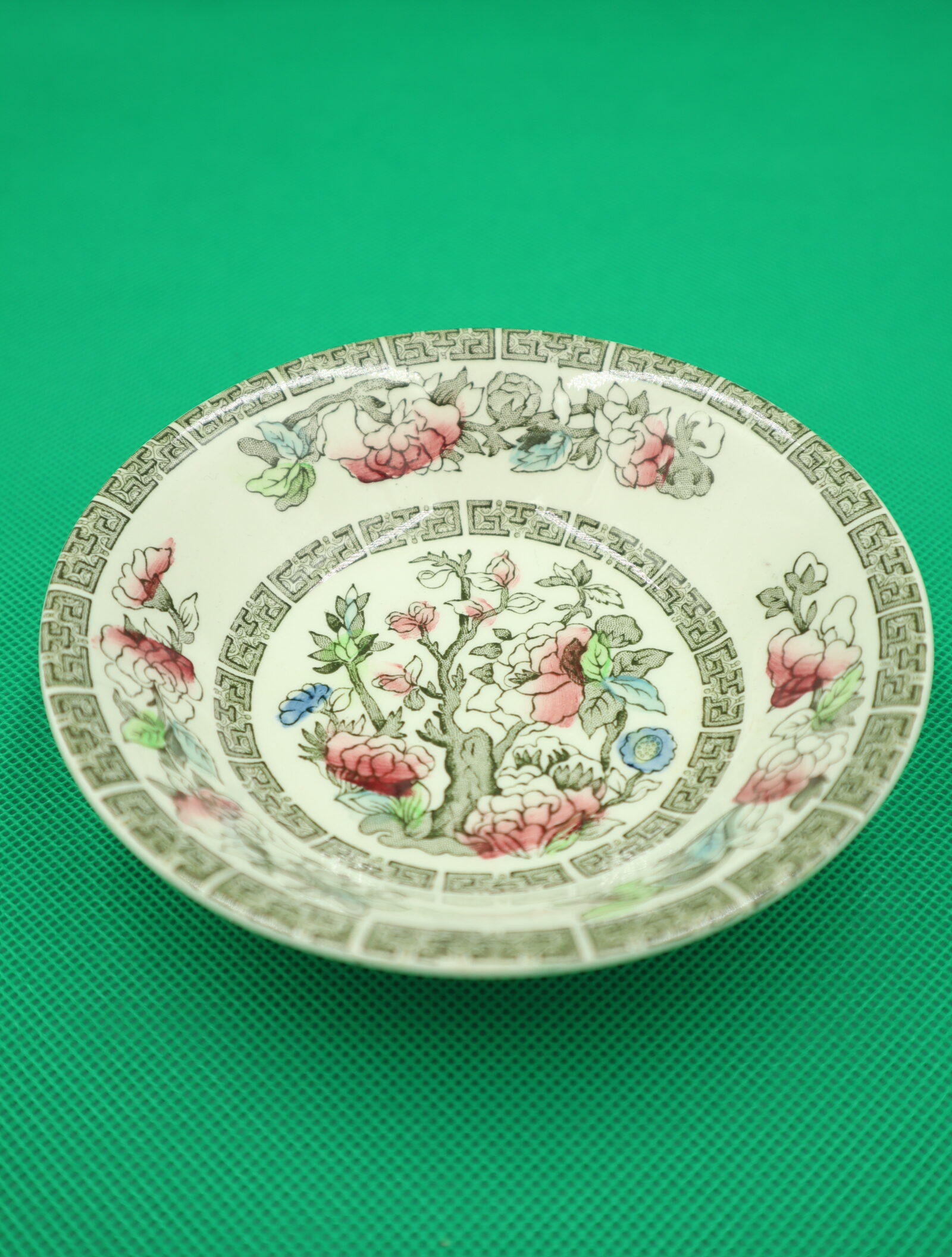"Made in England" or "England" What does this Really Mean
“Made in England” or “England” what does this really mean, when browsing at makers marks on the back of ceramics. These items can range from simple dinnerware to intricate decorative pieces, and they often have markings on their bases that tell us a lot about their origin and age. Among these markings, “England” and “Made in England” are two phrases that can provide crucial insights into the history and value of the item.
The Significance of "England" and "Made in England"
The presence of the word “England” or “Made in England” on ceramic items is significant. These markings were introduced as part of foreign trade regulations and became particularly important during the 20th century.
“England” Marking: The marking of “England” typically points to ceramics made in the country between the late 19th century and the mid-20th century, primarily from the late Victorian era (around 1880) until the 1950s. Before this time, manufacturers often marked their ceramics with various other names and insignias, but the simple label “England” became a standard indication of English origin. This marking helped to establish authenticity and quality, especially as English ceramics gained popularity globally.
“Made in England” Marking: The “Made in England” mark became more standardized in the 20th century, particularly in the post-World War II era. The introduction of this marking can be traced back to 1916, when it became a legal requirement for all exported items, not just ceramics. This regulation was imposed to ensure transparency, especially for consumers in other countries who might be evaluating the quality and craftsmanship of English goods. Items marked “Made in England” were typically produced after 1945, and they often indicate a commitment to quality and superior craftsmanship.
Identifying Age Through Markings
Items marked with just “England”: If you come across a piece marked simply with “England,” it is likely to have been produced between 1880 and the 1950s. The design, form, and materials can help narrow down the production date further. Generally, earlier pieces from the late Victorian era are more valuable to collectors.
Items marked “Made in England”: If you see “Made in England,” this piece is likely post-1945. Such items often have a more modern design aesthetic and may reflect the shifts in styles post-war Europe.
Items with No Markings: The absence of markings can make it challenging to determine the age or origin of a ceramic piece. Unmarked items may predate the standardization of markings (before 1880) or could be items produced by smaller or lesser-known manufacturers. While unmarked ceramics can be found in various styles and periods, the lack of identification often decreases their value, particularly to serious collectors seeking specific historical context.
Conclusion
The markings on the base of ceramic items provide important clues that can help you determine their age and origin. “England” and “Made in England” are more than just labels; they denote a rich history of craftsmanship and trade. Understanding these markings can deepen your appreciation for these beautiful pieces and even guide you in making informed purchases or appraisals.
So, the next time you sift through a collection of ceramics, take a moment to examine the base of each piece. What story does the mark tell? Whether you find “England,” “Made in England,” or even no markings at all, each piece carries with it a part of history waiting to be uncovered!

